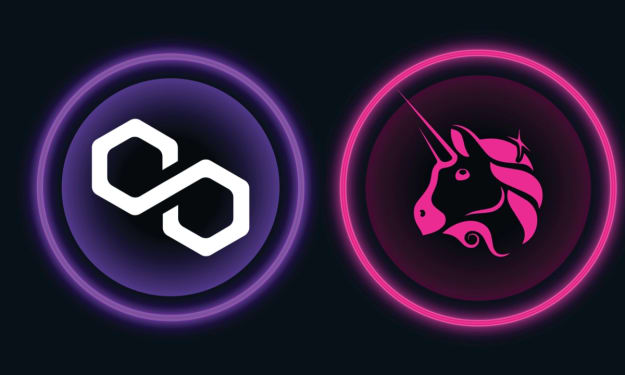
Everything you need to know about the standards for building applications on ethereum. As if understanding bitcoin wasn’t difficult enough, ethereum adds a new level of complexity to the equation. Even if you have a strong technical background, you’ll need some time and independent research before you figure it all out — unless you’re a genius. erc20 token creator That said, understanding the basics of ethereum can help you understand cryptocurrencies in general. Ethereum is a decentralized platform on which smart contracts (in the Solidity programming language) can be written and executed.
Every time a new application based on blockchain technology and ethereum smart contracts is developed, a new ethereum token can be created. The simplifying aspect of this process is that Ethereum has established standards for tokenization. Different types of applications will be tokenized according to different standards, depending on the purpose of the application in question. As a result of these standards, it is much easier for smart contracts and tokens to interact and therefore for developers to create dApps on ethereum. You will most likely hear that ethereum is like the iOS or Android of dApps — an operating system that supports apps and makes building them much easier. Currently, the most common standard for ethereum tokens is the ERC-20 standard, however, there are also ERC-223, ERC-721, and ERC-777 standards. In this article we are going to explain each of these standards and how they are used in the decentralized ecosystem. ERC-20 tokens It is the current industry standard and is used by thousands of different cryptocurrency projects. Although the ERC-20 token generator standard is very useful, it is far from perfect. For example, a particularly serious ERC-20 design flaw made it possible for tokens to be lost when people mistakenly sent them to a smart contract using the process they Unfortunately, this has already resulted in the loss of over $3 million worth of ERC-20 tokens to date. After reaching the maximum, the smart contract stops producing them. The balance0f function assigns a primary number of tokens to any address (usually the ICO owner’s address). To distribute tokens between users and transfer from one user to another, two transfer methods are needed. They are extremely important for the secondary market: The transfer function transfers the tokens from the main address to the individual users who bought them during the ICO.
Two more functions are needed to verify the previous two: The approve function checks if the tokens remain in the smart contract. The allowance function ensures that there are enough tokens in a given address to forward to another address. These six easy steps allow wallet and exchange developers to create a single code base that can interface with any ERC-20 standard contract. ERC-223 tokens The ERC-223 fixes this design flaw by allowing users to transfer tokens to smart contracts and wallets with the same function. Furthermore, ERC-223 tokens improve the efficiency of ERC-20 by allowing transfers in one step instead of two. This means that ERC-223 token transfers only require half the gas (i.e. cheaper) compared to ERC-20 transfers. Additionally, ERC-223 tokens are backwards compatible with ERC-20 tokens, meaning they keep all of the original functionality while resolving the bugs mentioned above.
As a result of these advantages, the ERC-223 standard could eventually replace ERC-20 as the most widely used standard for ethereum tokens. However, most ethereum wallets still do not support ERC-223 tokens, so adoption by project developers has been slow. However, given how quickly the cryptocurrency ecosystem is evolving, we should not be surprised if ERC-223 tokens gain popularity in 2019 or even sooner. ERC-721 tokens ERC-721 tokens first became famous when the ethereum-based game CryptoKitties gained popularity in late 2017. The main difference between the ERC-721 standard and other ERC standards is that the ERC-721 allows developers to easily create non-fungible tokens.
In other words, one token may have a different value than another token that is being exchanged within the same platform/ecosystem. Non-fungible tokens are extremely useful as they allow the tokenization of unique individual assets. That includes carefully bred digital cats, but also much more conventionally valuable assets like artwork, wine, real estate, diplomas, and more. As more real-world assets are tokenized in the coming years, you can bet the ERC-721 token standard will be known for a lot more than CryptoKitties. Ownership of anything from art and music royalties to tickets to the next day’s baseball game can be transparently transferred through the ethereum blockchain. Supply chains can ensure product integrity and traceability to an unprecedented level. The possibilities of the ERC-721 are, at least, spectacular. ERC-777 and ERC-820 tokens Like the ERC-223, the ERC-777 aims to improve on the ERC-20 standard while being compatible with it. One way that ERC-777 is better than create erc20 token is that, like ERC-223, it addresses the design flaw that has led to the loss of over $3 million worth of tokens.
What makes the ERC-777 standard unique, however, is the breadth of transaction management mechanisms it includes. To explain the ERC-777, we must first start with the ERC-820 standard. This standard establishes a central registry of smart contracts on the ethereum network. The registry allows anyone to “browse” a smart contract address and check the features it supports. The ERC-777 uses the same core registry as the ERC-820 to facilitate verification of smart contract features. It also establishes a completely new set of functions instead of using the same “transfer” and “approval” functions used in the ERC-20 standard.
About the Creator
Boopathi
Digital Marketer , SEO Analyst






Comments
There are no comments for this story
Be the first to respond and start the conversation.